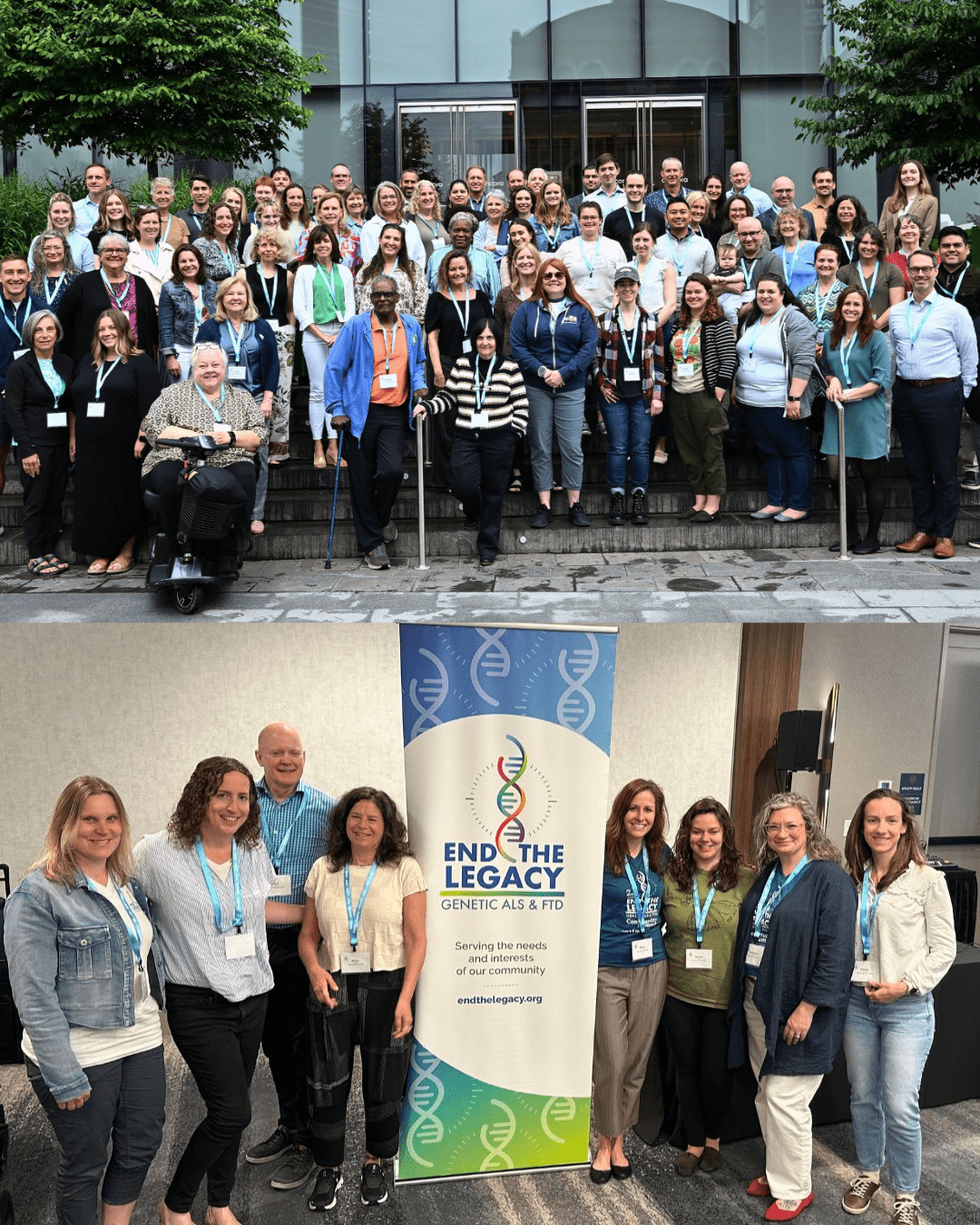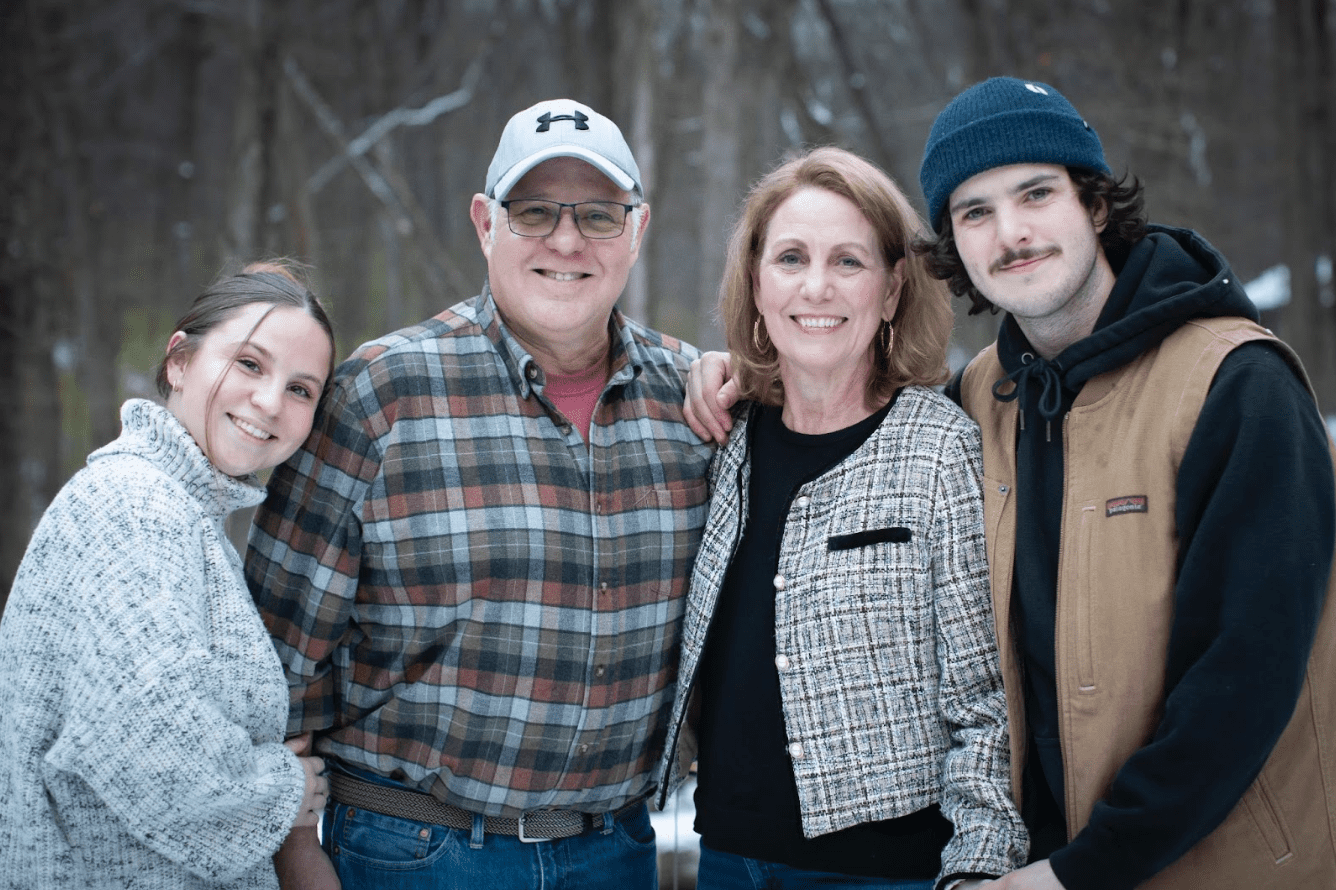By Amy Easton, Senior Director, Scientific Programs, Target ALS
At the 2025 Target ALS Annual Meeting, one thing was clear: our community is no longer waiting for breakthroughs to come; they are being made, together.
Despite all that has been accomplished in recent years, ALS remains a devastating, fatal disease. It affects an estimated 400,000 people worldwide. Once diagnosed, the average life expectancy is just two to five years. Approved therapies remain limited in both efficacy and accessibility, especially outside the U.S. That’s why Target ALS has committed to a bold, global research strategy to dismantle the scientific barriers that stand in the way of meaningful progress.
Understanding the Barriers
Our strategic focus centers on dismantling three core barriers:
- Biological complexity. ALS is not one disease. Variability in genetic and cellular causes makes it challenging to find one-size-fits-all treatments. Our solution? Support deep, diverse biological research, including emerging areas like the role of immune dysregulation in motor neuron degeneration.
- Drug development hurdles. Validating drug targets requires robust preclinical models, human data, and delivery tools that can reach the spinal cord and brain. We fund collaborative consortia with access to the tools, tissue, and funding needed to move from hypothesis to therapeutic candidate.
- Biomarker discovery. Non-invasive, reliable biomarkers are crucial for early diagnosis and smarter clinical trial design. Our biomarker programs prioritize sensitivity, specificity, and accessibility, removing technical and logistical obstacles to rigorous discovery.
From Strategy to Action
Today, our portfolio spans 62 funded projects and more than 150 scientists working at the forefront of disease biology, drug development, and biomarker innovation. Investments in foundational biology, like the mislocalization of TDP-43, cryptic exons, and the genetics of SOD1 and C9orf72, are complemented by forward-looking investments in immunology and neuroinflammation.
We are starting to see our scientific strategy bear fruit, with funded projects advancing therapeutics targeting cryptic exons toward clinical trials, including ASO therapeutics from Quralis and Trace. Complementary to this, Target ALS-funded multi-disciplinary biomarker consortia are studying cryptic exons and peptides on a large scale, from their role in disease to validation of novel assays to measure cryptic exons or peptides in blood and CSF.
A New Global Vision: The ALS Global Research Initiative (AGRI)
One of our most ambitious efforts is the ALS Global Research Initiative (AGRI), an inclusive, longitudinal study capturing clinical and biomarker data from 6,000 individuals across the globe, including populations historically left out of ALS research. By design, AGRI is structured to reflect real-world diversity and reach patients where they are, whether through leading academic centers or mobile pop-up events in underserved communities.
Our Global Natural History Study, led by Dr. Robert Bowser at Barrow Neurological Institute, has already collected over 23,000 vials of longitudinal biospecimens from participants worldwide. With sites in 14 locations around the world and more joining each quarter, this study is generating an unprecedented volume of insights into the genetic, clinical, and biomarker landscape of ALS.
Just as exciting are the early signals emerging from the data. For example, individuals with SOD1 mutations receiving Tofersen have shown measurable clinical benefit, reinforcing the power of precision therapies and deep biomarker analysis. We are also learning how different patient subtypes progress, helping us better stratify trial populations and refine endpoints.
Open-Access Infrastructure: Powering the Field
Genomic data is invaluable for revealing fundamental aspects of disease biology to identifying novel genetic causes of disease. High expense and technical know-how present barriers to data generation. Target ALS removes this barrier for the research community by investing in generation of rich omic datasets and open sharing . Our Postmortem Tissue Core, co-led by Dr. Brent Harris and Dr. Bob Bowser, remains the largest and most well-characterized ALS tissue repository in the world. From this, scientists can request samples and access multi-omic datasets including short and long read sequencing, bulk RNA sequencing data, and spatial transcriptomics. The newest initiative will deliver the largest single cell transcriptomic data set in ALS/FTD cases later this year. All of this data flows into our Target ALS Data Engine, powered by DNAstack, which now serves over 300 researchers worldwide. It provides open access to harmonized, quality-controlled genomic, transcriptomic, proteomic, and fluid biomarker data. No embargo periods. Just powerful insights shared as fast as they’re available. Significant genetic findings were identified in ALS cases within months of sharing data through the Data Engine, rapidly accelerating identification of novel therapeutic targets.
Looking Ahead
We’re building a future where ALS is not a devastating diagnosis, but a manageable condition. This community, scientists, clinicians, people living with ALS, caregivers and funders, is breaking down silos and building the infrastructure needed to support the next era of therapeutic breakthroughs.
Thank you to every person contributing to this effort. You are not just imagining a different future, you are making it real.





